Well before the arrival of the Spanish conquerors, pre-Columbian texts are colored with poetry that calls to the deities and natural phenomena that surrounded the ancient Mexica people, their land and their cities. Despite the fact that the vast majority of written and illustrated texts were destroyed during and after the Conquest, a chink remains in the facade of mystery. And a little light shines through. We can catch glimpses of the world and the people through the surviving manuscripts – and especially through their poetry.
Aztec poetry is peopled with strong themes: heroes, death and religion. And here and there, pedagogical texts and even erotic poetry have survived to provide invaluable insight into their thinking, their place in the world – and at times – into the world that they created.
These are six of the most important pre-Hispanic poets whose work continues to illuminate an understanding- of Modern Mexico, a world lost and another one found.
Image above: Jamie Jasso
1. Nezahualcoyotl

The king (tlatoani) of Texcoco and leader of the Acolhua people, not far from the Mexico State municipality that still bears his name, Nezahualcoyotl was a military and political ally of the Aztec-Mexica in Tenochtitlan. Upon his death in 1472, he’d presided over a Golden Age of Texcoco culture – and many believe that of all the intellects he cultivated, Nezahualcoyotl may have been the greatest.
In addition to his face on the 100 peso note, you can also read, in tiny script, the words to one of the poems attributed to him:
I love the song of the mockingbird,
Bird of four hundred voices,
I love the color of the jadestone
And the intoxicating scent of flowers,
But more than all I love my brother, man.
2. Nezahualpilli
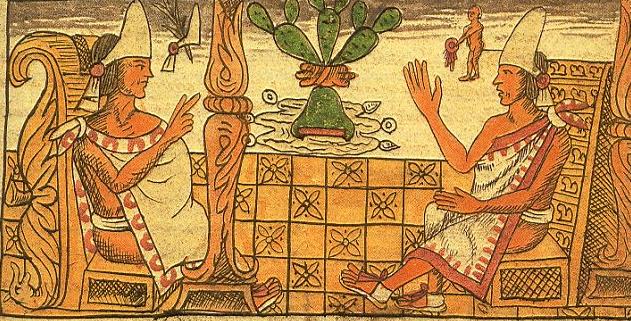
The son of Nezahualcoyotl, one of some 110 children, Nezahualpilli was elected by a group of nobles and widely considered the fittest to govern among all of them. His reign continued the economic and social flourishing of region but unfortunately, only one of his poems is likely to have survived:
My heart is sad
I am young Nezahualpilli.
I look for my captains
the lord has gone
the flowering quetzal, the young and strong warrior has gone
the blue of the sky is his house.
Perhaps Tlatohuetzin and Acapipiyol will come to drink the flowery liquor,
here where I weep?
3. Cacamatzin

Three generations on, now the grandson of Nezahualcoyotl, Cacamatzin became king of Texcoco. His rule continued through the Spanish conquest and he was murdered in the Templo Mayor during the “Noche Triste,” the most serious resistance Cortes and the conquerors faced. Cacamatzin’s poetry is characterized by themes of war and peace:
Friends of ours,
I listen to him:
nobody makes a living with presumption.
The anger, disputes
are forgotten,
disappear
in good time on earth.
Also to myself,
recently they told me,
those in the ballgame,
They said, murmured:
Is it possible to act humanely?
Is it possible to act with discretion?
I only know myself.
Everyone says that,
but no one tells the truth on earth.
4. Axayácatl

Estimated to have been born around 1449, Axayácatl served as a warrior, and was leader of Tenochtitlan from 1469 until his death in 1481. It was under his reign that the famous Aztec Sun Stone was carved and dedicated. Suffering and death are the most common topics. of the surviving texts:
Down here on earth the florid death,
He approaches here,
in the region of red they invented
those who were before with us.
It is rising crying,
from here the people are impelled
from inside the sky of sad songs, they are as one to the region where somehow this exists.
You were feted, and divine words created,
nevertheless you died.
He who has the compassion of men, makes a crooked invention.
You did this well.
Did not a man speak thus?
That which persists is never outgrown.
No one else will shape the Giver of life.
Days crying, day of tears!
Your heart is sad.
For a second time will the lords come?
Just remember Itzcóatl
For him the sadness invades my heart.
Thus I was tired, fatigue overcame perhaps the master of the house, the Giver of life?
Nobody makes it tough on earth.
Where do we go?
Thus sadness fills my heart.
5. Macuilxochitzin

One of few female poets of the Aztec world, little information survives on her life, but contemporary sources claim she was a noble family. Her poetic compositions consisted of accounts of the battles in which her father fought:
The wooden shields are held in hand,
in place of danger,
where captives are made,
in the middle of the fight,
in the battlefield.
Our songs want to be equal,
The equals of our flowers,
we’ve swept heads for pleasure
to those who give life.
The flower of the wooden sword in your hand is,
oh Axayacatl and with her misses outbreaks
divine florid blood, florid fire,
and with that they will intoxicate those who go with us.
6. Tlaltecatzin
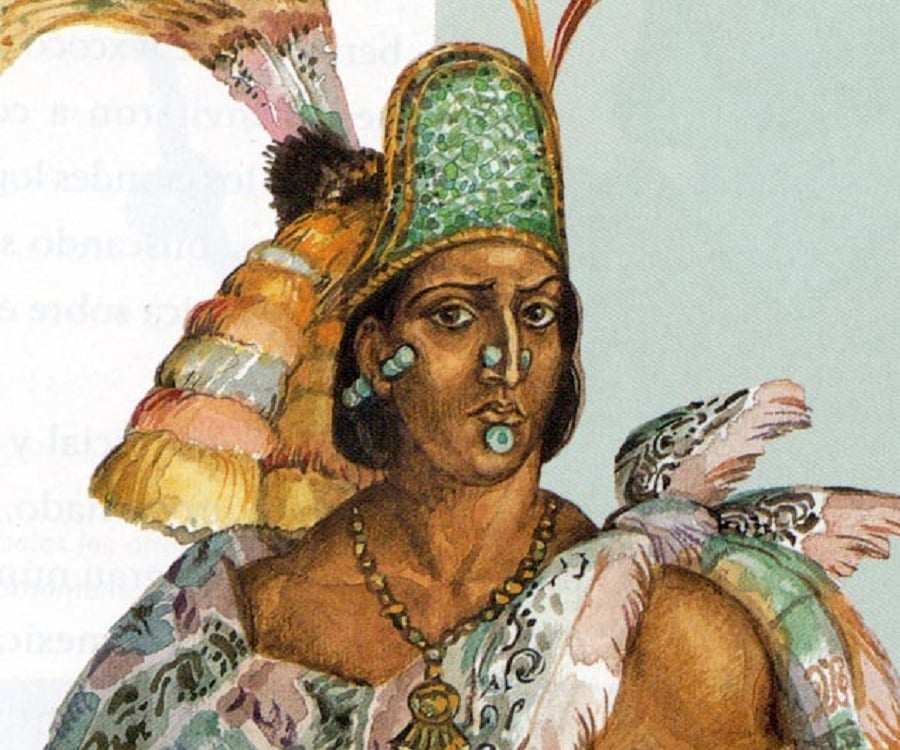
Although some sources list him as a son of Moctezuma II , very little is known about the personal life of Tlaltecatzin. The ruling lord of Cuauhchinanco, his poetry focused on earthly pleasures:
In solitude I sing
To him who is my God
In the place of light and heat,
in the place of command,
the flowery cocoa is sparkling,
a drink that intoxicates with flowers.
I have a yearning,
that my heart savors,
my heart is drunk,
my heart really knows:
Rise elastic neck
fresh and ardent,
light your garland of flowers.
Oh mother!
Sweet, tasty woman
precious flower of toasted corn,
only you can borrow,
but you will be abandoned,
You must leave,
You’ll be disembodied.
ILUMINA is an interactive sculpture of light and sound fed by the collective energy of people’s hearts.
Art and technology are two faces of human creativity, two that are also closely related, despite the differences they apparently have with each other. What art does on many occasions has been achieved thanks to a specific technical development, a technology whose existence allows the artists to enhance or limit their creative work. Yes, it conditions it, but possibly also encourages it to transcend those limitations.
In this sense, the relationship between one and another human activities could be found in virtually any era, but it is certainly in recent times when technology has a presence, so persistent, somehow so inescapable, that art has been benefited for incorporating it. Both as a resource, an instrument, as part of the examination of contemporary reality, when many of our practices and interactions almost necessarily pass through a technological device.
Thus, somehow the ideal professed by Nietzsche on the need to transform life in a work of art, but this time through art and technology. Somehow the aesthetic sensibility, the discovery of the admirable or the frankly beautiful that any of us can perceive, finds a vehicle, a means of transmission and expression in how art can be magnified through technology.
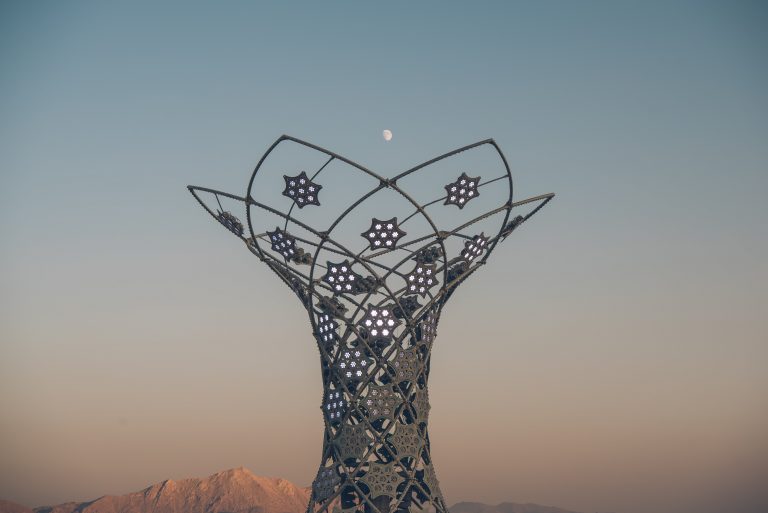

Nowadays, it is becoming more and more complex to achieve high levels of consciousness, and to create a community without being outside of technology, but ww can use it as a tool to improve our sensitive abilities. To the same extent that we depend on technology to survive, it has become part of our lives, even in its most spiritual and even transcendental recesses. Art, now more than ever, demands to be a vehicle to explore different states that bring us closer to the dimensions of the infinite
Ilumina is an installation created by the artist Pablo Gonzalez Vargas, who through a deep exploration with the power of interconnectivity, proposes a method to improve the energy field of the planet. Pablo Gonzalez created a majestic interactive sculpture of light and sound that is activated by the emotional states of people, generating a beautiful light show and a sound landscape where the participants enter a state of coherence and deep harmony with themselves and with each other.
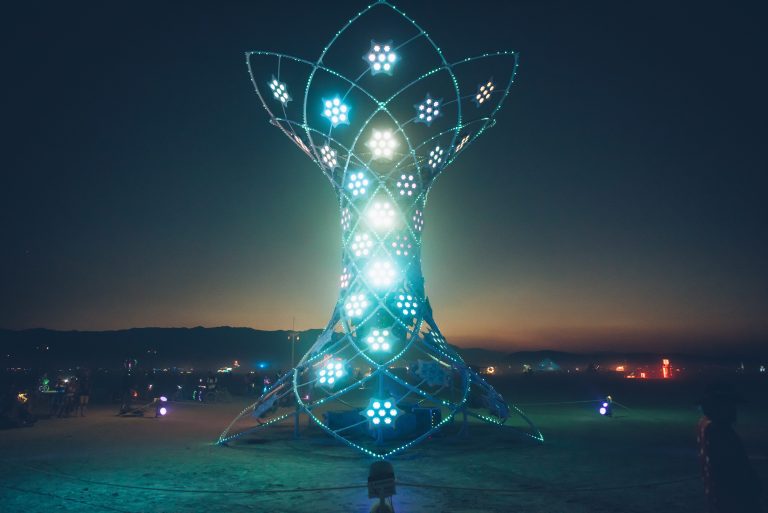

Ilumina is a metallic art monument, completed with aluminum and LED lights that together form an architectural piece full of harmony. The piece of art combines technology with a design of ancient wisdom. Ilumina has a program that responds to external stimuli, being able to shine more while more “coherent” is the group that hosts, generating a unique shared experience.
Ilumina is a chilling visual experience, and the volunteers who participate in the exercise of meditative immersion that lasts three minutes, are transported to a state of coherence and deep harmony with themselves, with their fellow participants and with the cosmos through a patented fusion of modern technology and transpersonal art.
The biometric sensors are connected to the ear lobes of each participant, which measures their unique state of coherence and averages them together. This is how lighting design and moving soundscapes respond to a unique algorithm, a product of HeartMath that uses biometric sensors for personal self-training in the regulation of emotional states where the sculpture becomes brighter to the extent that the users experiment with their emotions.
The team that created Ilumina included about 20 people from different disciplines and contributions. There was a large industrial design team that shaped the exact model that was taken to manufacturing. Marco Kalach worked with an expert manufacturing workshop, because as it is a public use facility in particular events, it had to comply with all the rules, structural regulations and with protection codes. The executive producer of the project was Gaby Vargas, who was responsible for the expertise at HeartMath, and joined by mexican musicians and audio engineers to make the experience of 360 degrees of immersive sound, led by Billy Mendez. The lighting team, directed by Paolo Montiel, coordinated all the programming and lighting design that makes symbiosis with the audio.
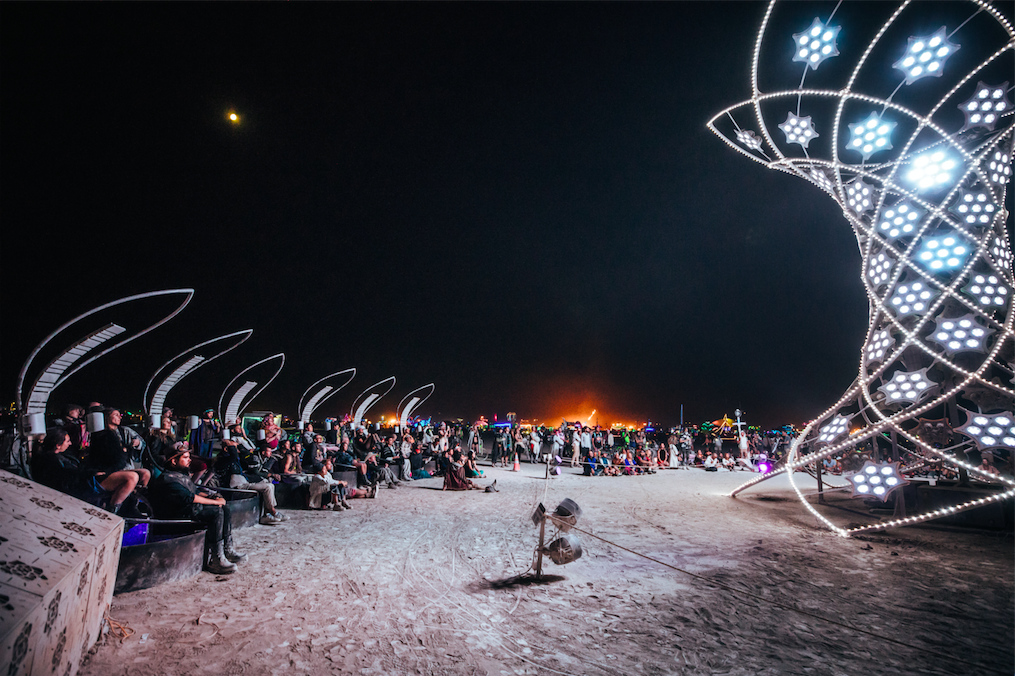
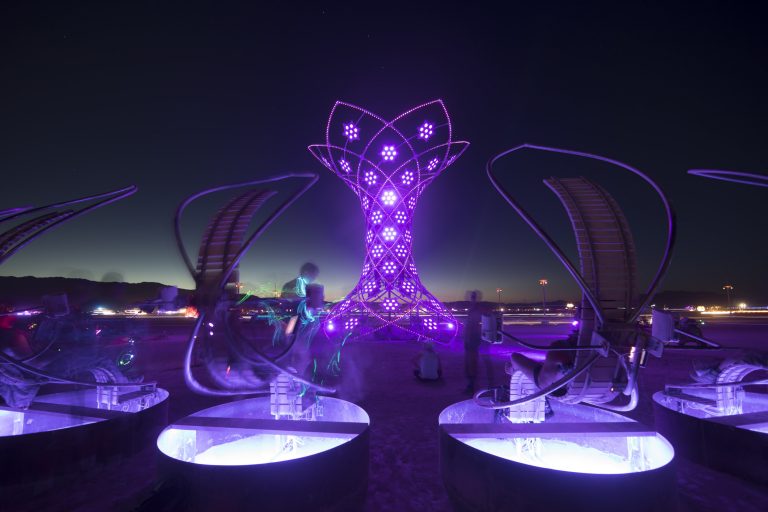
It was at Burning Man 2012, where Pablo Gonzalez Vargas created an art car called Mayan Warrior: a luminescence project and a spectacular audio show featuring pieces by the artist Alex Gray and musical performances by elite artists from Mexico and around the world.
In the penultimate edition of Burning Man, Pablo Gonzalez and his team decided to go a step beyond the great proposal that is Mayan Warrior, by presenting Ilumina, this piece of sacred geometry that radiates not only light but an algorithmic sacrality, it’s as mystical and hypnotic as an art piece can get. The tower of almost 12 meters high illuminated the Nevada desert at the Burning Man Festival 2017, and users managed to enter a mental state full of concentration characterized by a complete absorption, a wonderful moment of loss of the notion of spacetime.
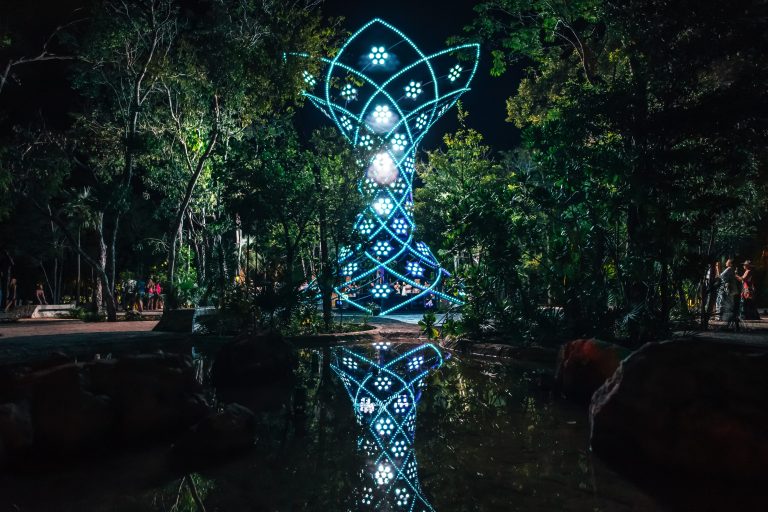
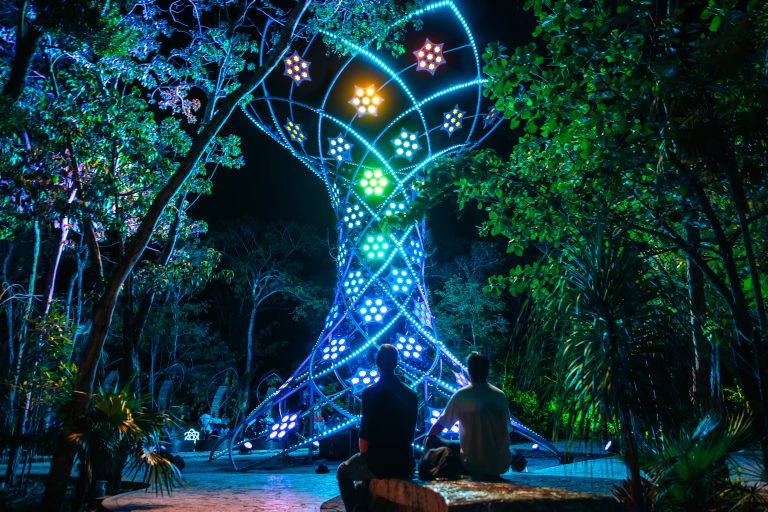
It is expected that later there will be replicas of these sculptures, so that they can reach new locations around the world, and we can experience this amazing spectacle of light and the soundscape that connects us with the profound mysticism that exists in ourselves and that highlights the interconnectivity of our planet with the global energy fields.
Here are some photos of this beautiful project, in which lies the probability of a coherent and luminous future that would be worth living.

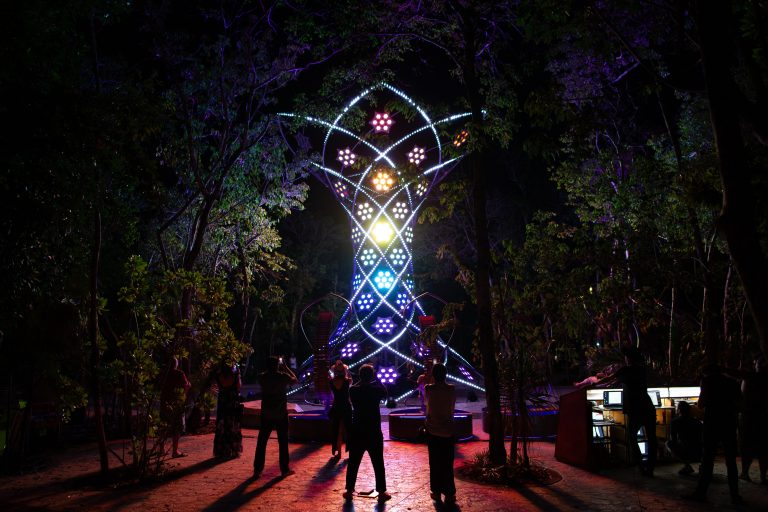

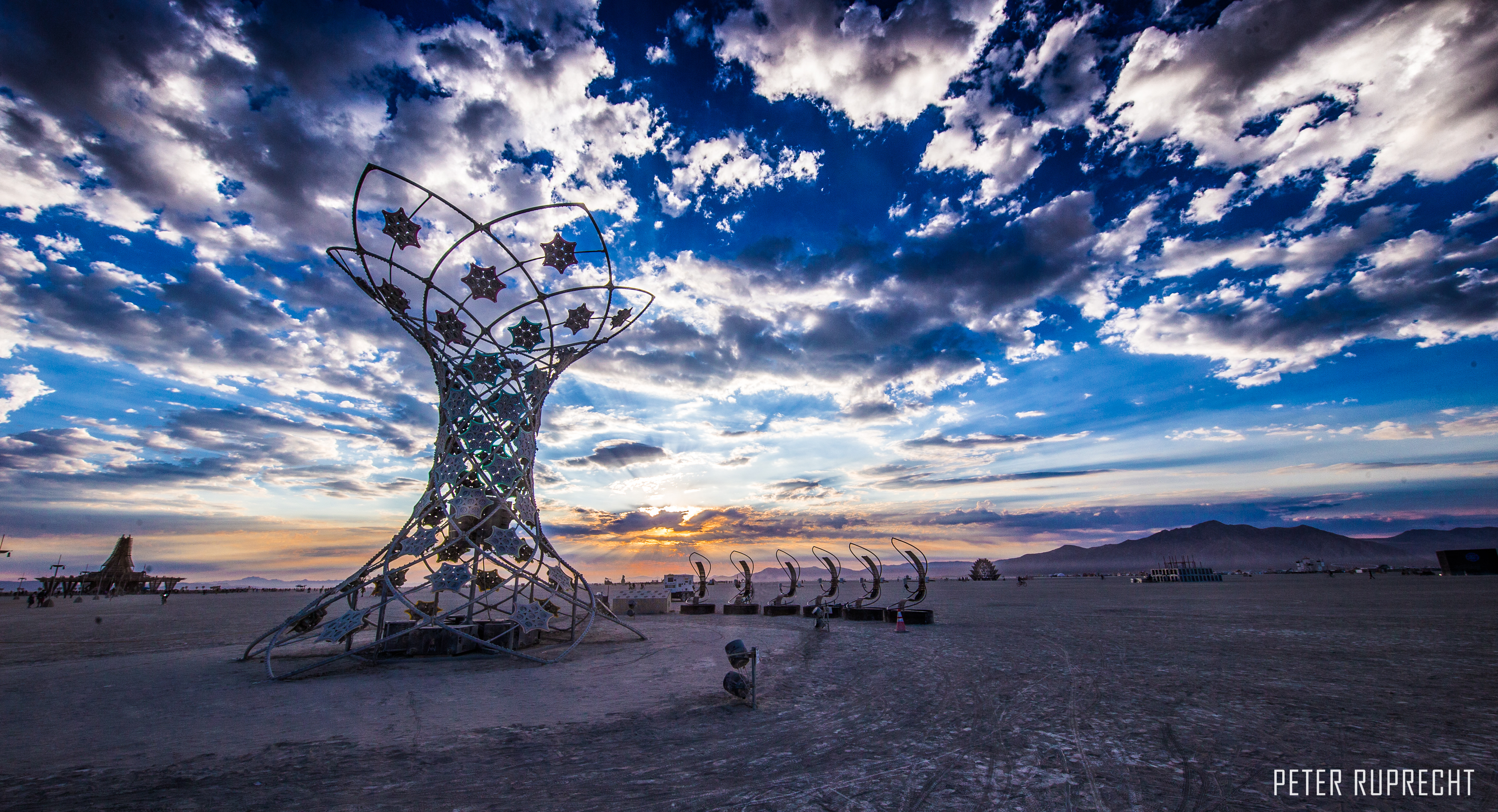
If you want to know more about this beautiful project or about the creative artist and allies that integrate it, visit their social media channels:
Ilumina Art Installation
Sitio web // Facebook // Instagram
Chilangos may cherish their reputation for never reading, but Mexico City libraries present a very contrary picture.
Though the internet makes lots more information available to lots more people, Mexico City libraries have simply not been supplanted. Charged with continually re-inventing themselves, and their places in the public imagination, one can still encounter eras gone by and great historical minds in a library as in few other places.
Knowledge, after all, belongs to everyone. Opening a book, reading it at a study, or just meeting in the silence of one these Mexico City libraries enhances concentration, and provides a welcome respite from everything going on out there in the world.
Of all Mexico City libraries, the oldest were part of the church and one or another of its offshoot organizations. Among these was the Colegio de Santa Cruz de Tlatelolco, founded in the 1530s and surviving today as the Biblioteca José María Lafragua. Most of these ecclesiastical libraries were not truly open to the public, and Mexico had to wait for the National Library of Mexico, inaugurated by Benito Juárez in 1867 to enjoy the benefits of a truly public library system.
The list below is intended to let you enjoy some of that system, too.
José Vasconcelos Library
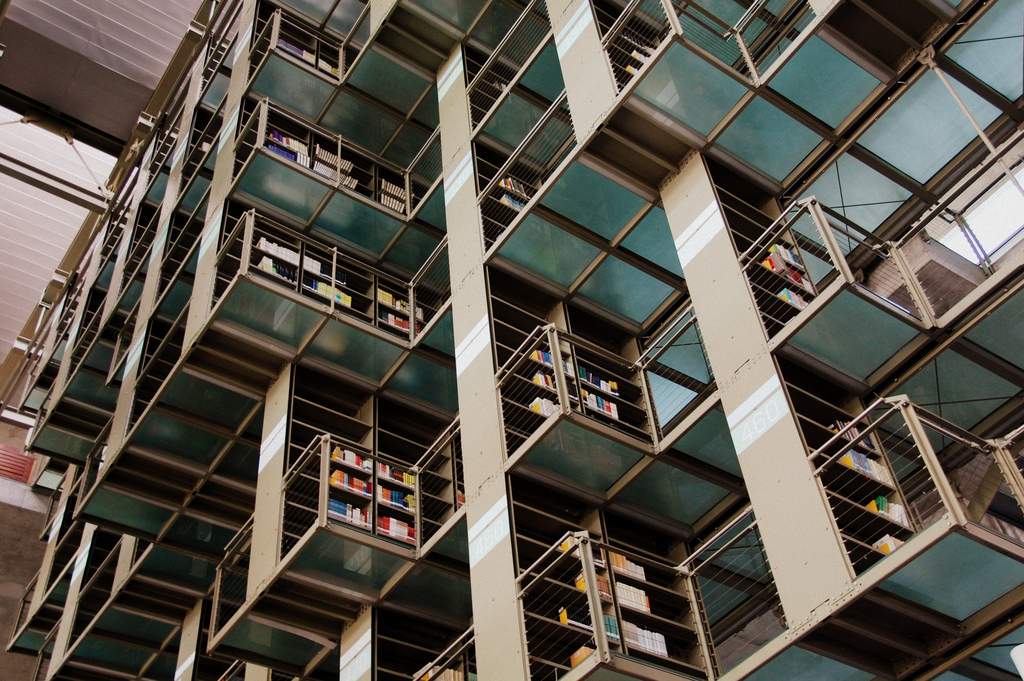
Opened just ten years ago, in 2006, the Vasconcelos is visited by thousands for the sheer spectacle of its innovative design. Graced by the iconic whale from artist, Gabriel Orozco, it’s always a good library for art and visual spectacle. The facade retains something of a colonial appearance, but for sheer scale, and jaw-dropping space, the interior must be experienced.
Address: Eje 1 Norte Mosqueta S / N, Buenavista
Website
UNAM Central Library
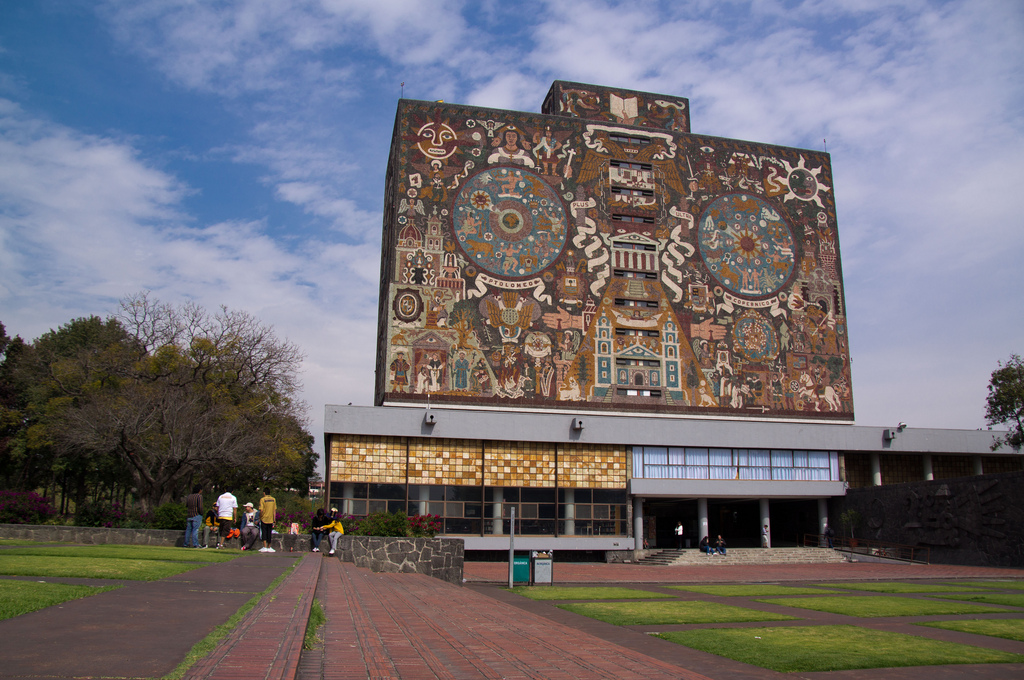
We’ve written a lot about it in these pages, but the UNAM library with the Juan O’Gorman murals remains one of the most outstanding of all Mexico City libraries. As a UNESCO site with some 428,000 volumes in the collection, it’s the biggest in Mexico, but lots of folks visit just to see the facade and the surrounding grounds.
Address: Circuito Interior S / N, Coyoacán, Ciudad Universitaria
Website
National Library of Mexico
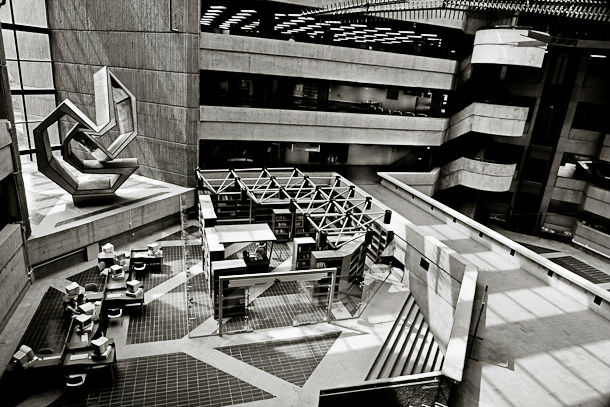
Opened by Benito Juárez in 1867, there’s still a good one million books inside, today administered by the folks from UNAM. Originally located in the San Agustín church in the city center, the current building was opened in 1979. Geometric, and massive, it’s an extraordinary place to visit.
Address: Av. Universidad 3000, Coyocacan
Website
Miguel Lerdo de Tejada Library
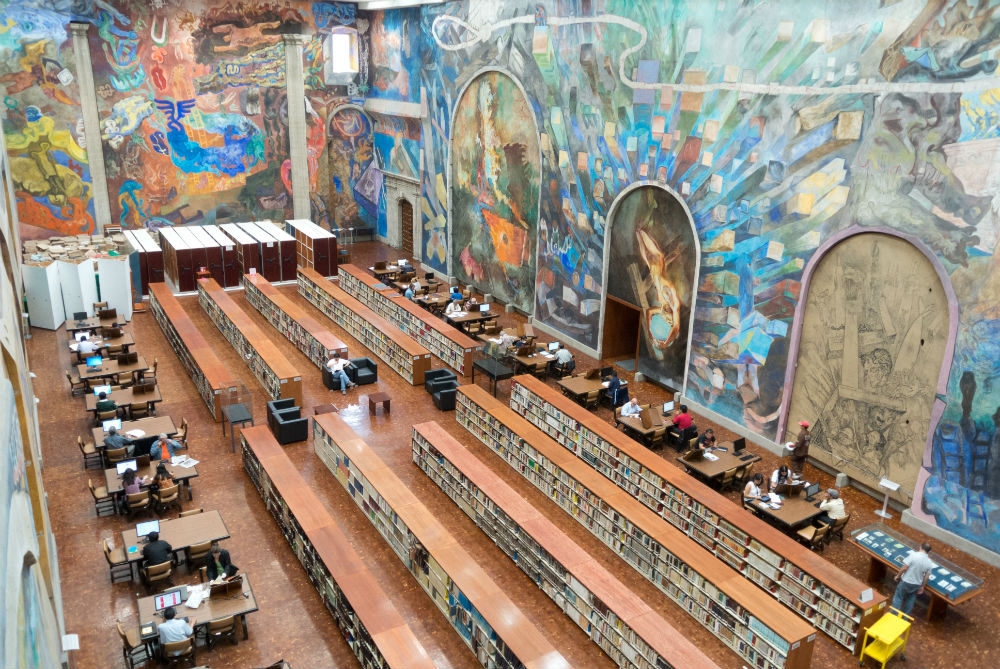
Specializing in economic materials, this collection of some 86,350 books and 114,852 journals is administered by the Secretary of Finance and Public Credit. Founded in 1928, it’s one of the cities true public art spectacles. Inside the main nave of the old Oratory of San Felipe Neri “El Nuevo,” the baroque façade outside is just the beginning. Inside, the murals are futuristic, and not to be missed.
Address: Av. República de el Salvador 49, Centro Histórico, col. Centro Histórico
Library of Congress of the Union
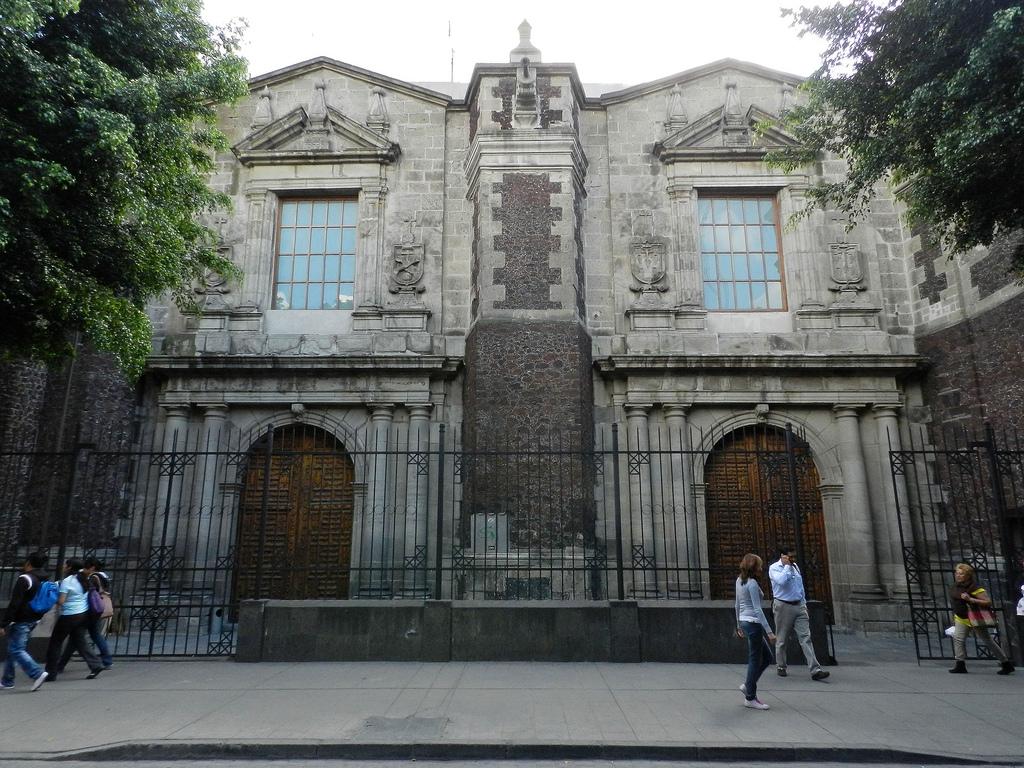
One of Centro’s truly outstanding historical buildings, for centuries it was the convent of the Clarisas from the 16th century. Today it’s something like a “Library of Congress” with a stunning collection of publications and artifacts, but also with a lush, deep, dark intellectual interior, that beckons from centuries past.
Address: Tacuba 29, Centro Histórico
Photographs this page: Flickr – Creative Commons




